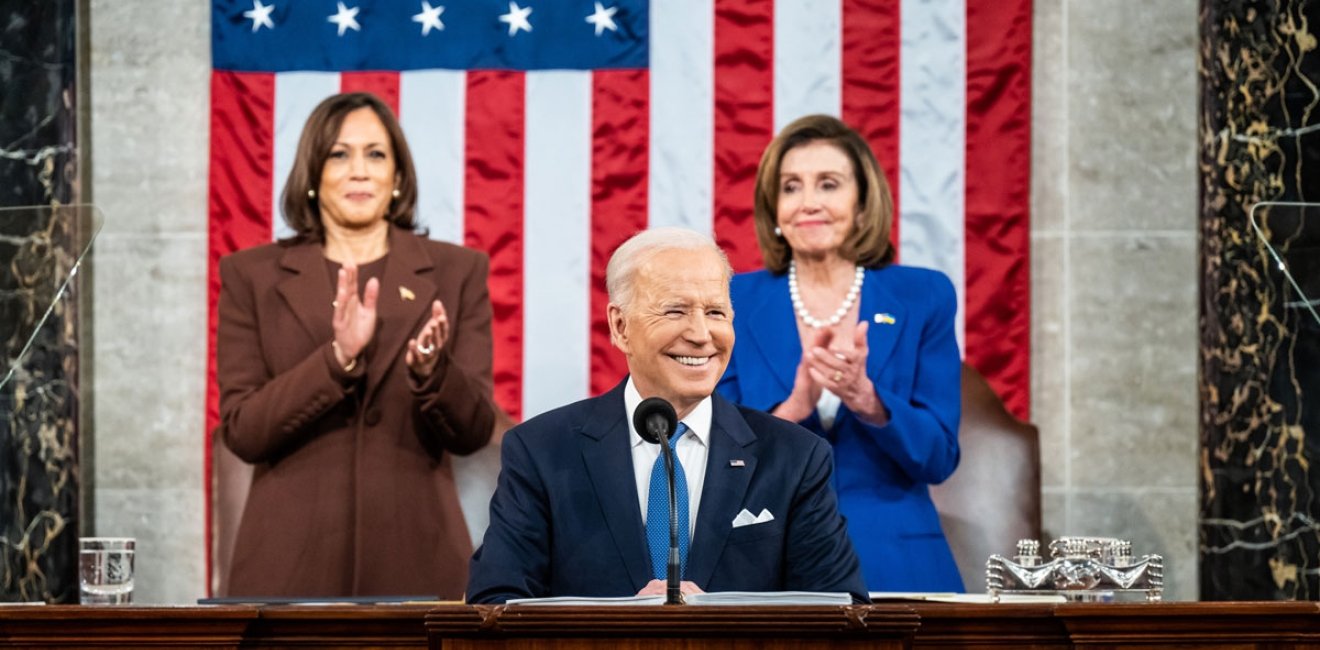As expected, President Biden made new announcements regarding the impact of COVID-19 on citizens’ lives and some new recommendations for pandemic response. This four-track list of interventions includes 1) continued White House emphasis on vaccines and other bio-medical treatments 2) Preparations for new variants by scaling up pharmaceutical preparation and response time 3) “end the shutdown of schools and business” 4) continued global vaccination donations.
The president also gave some examples of new initiatives including testing and treating for COVID-19 at pharmacies—“test to treat”. One benefit of this imitative is to streamline downtime in visiting physicians or hospitals for the treatment of non-critical COVID-19 infections. However, this would require additional resources for pharmacies and reduce transmission between customers and healthcare providers treating them in a non-clinical environment.
In another case, per point #3, yes, kids benefit greatly from attending in school in-person. At the same time, schools need to be safe spaces where the risk of COVID-19 transmissions is mitigated through public health measures such as regular and widespread testing, good ventilation and good contact tracing. I also highly recommend school masking as a non-invasive way to protect children, staff, and educators. Even as the CDC has recently recommended reducing the use of face masks, I do hope that school administrators and parents take into consideration their students, communities, and respond to the rise in future variants. Young children in kindergarten and preschool do not yet have access to vaccines. Vaccination rates for those 5-11 are fairly low in much of the country and new studies show that vaccine coverage is waning quite quickly in those ages 5-11.
Overall, I was pleased to see this emphasis on public health in this State of the Union address. I am certainly interested in learning more about the nuts and bolts of some of these policies and I also have lots of ideas about some of the steps forward.




